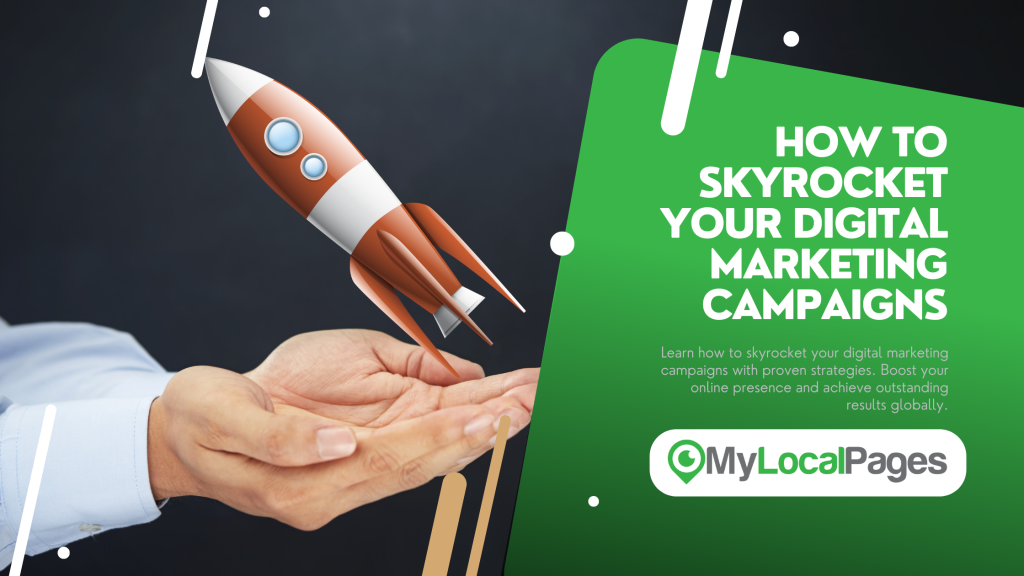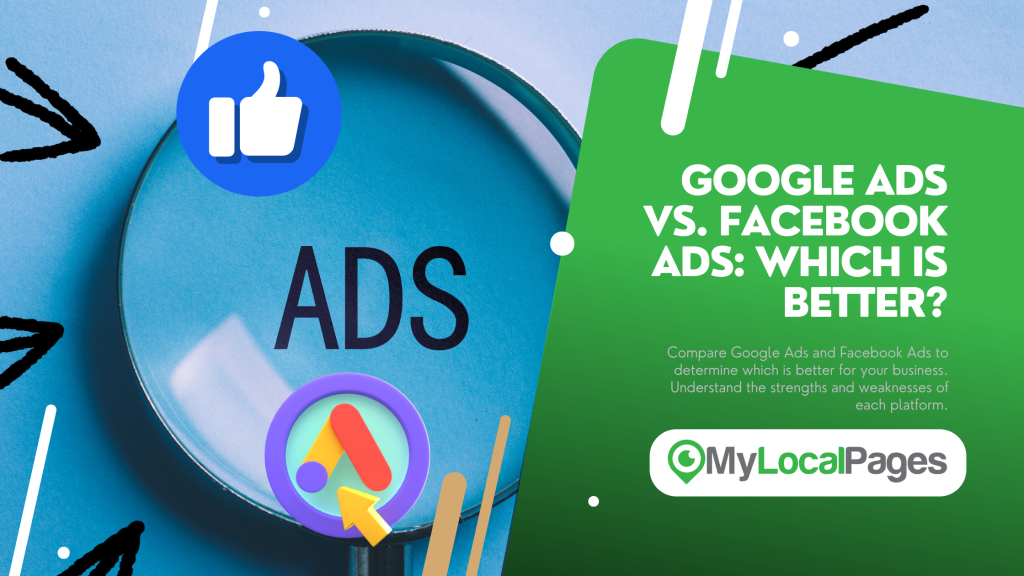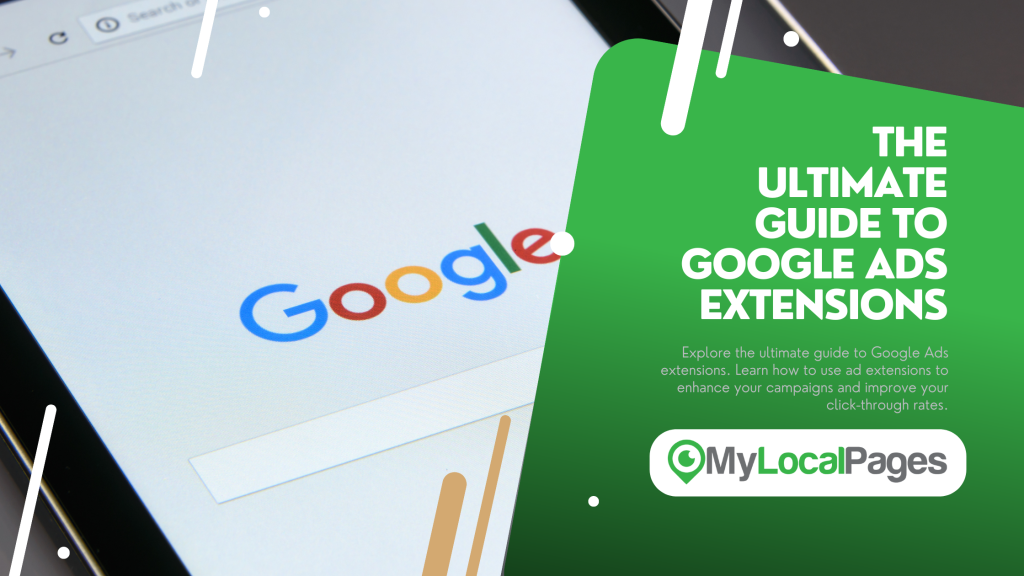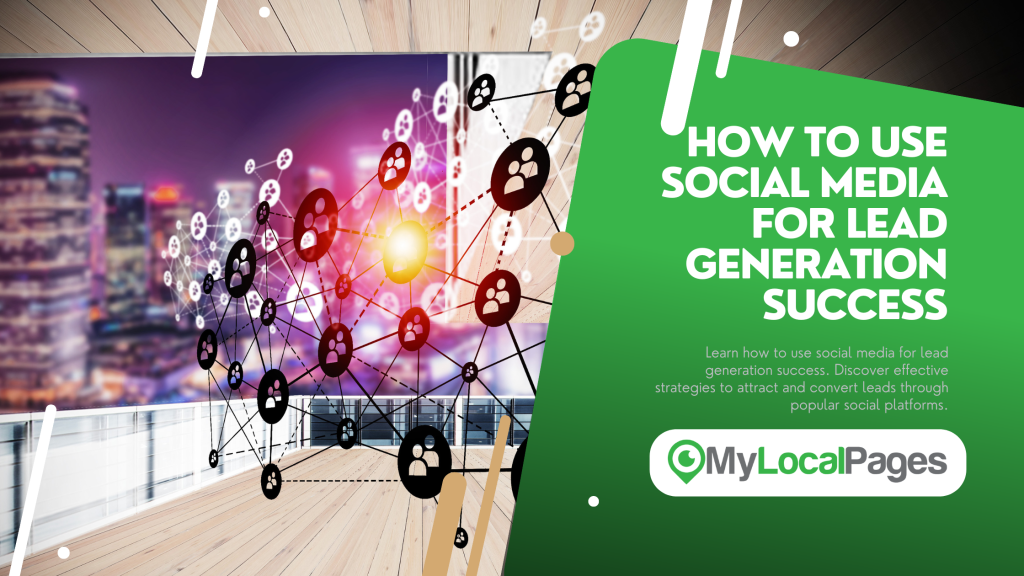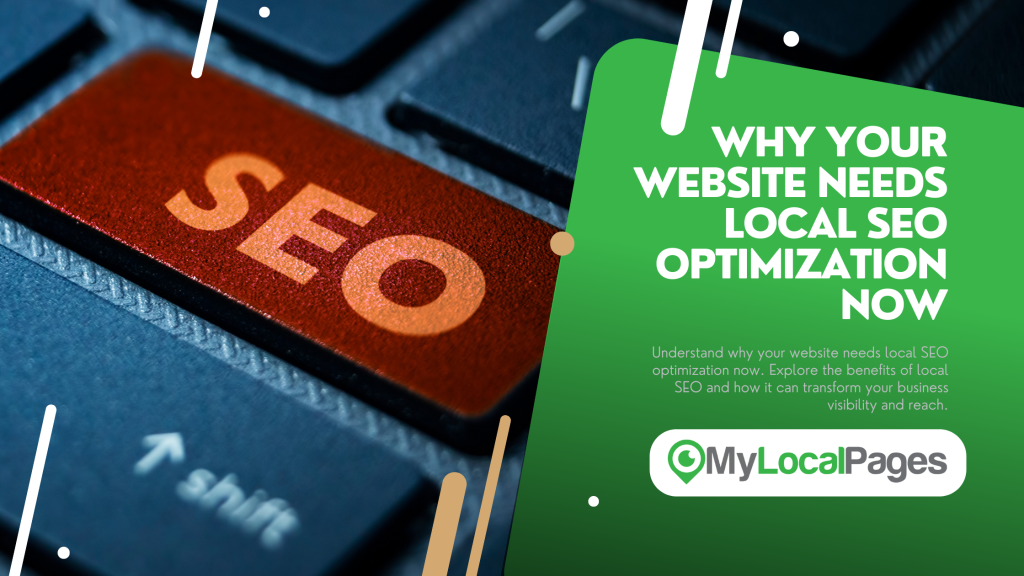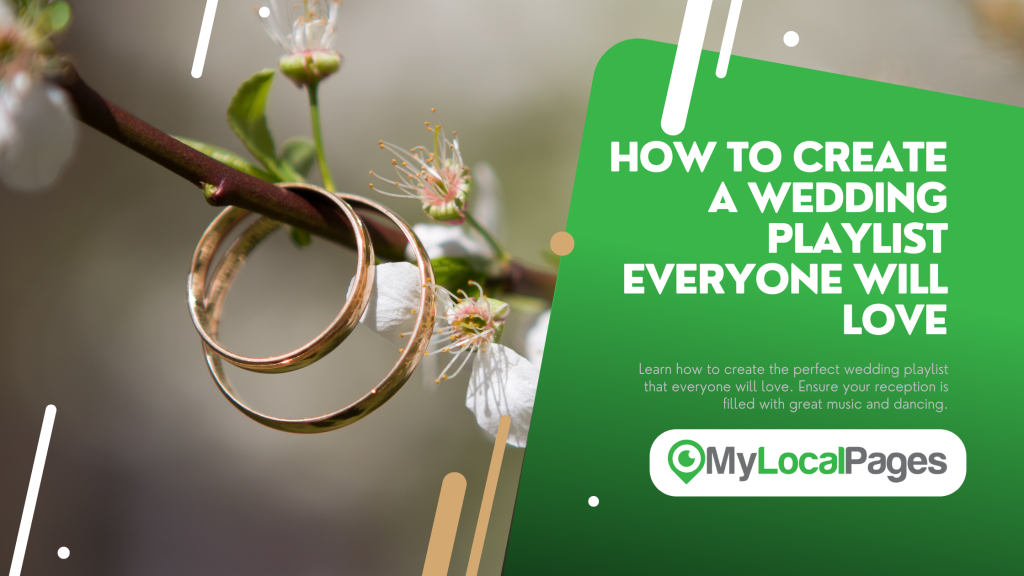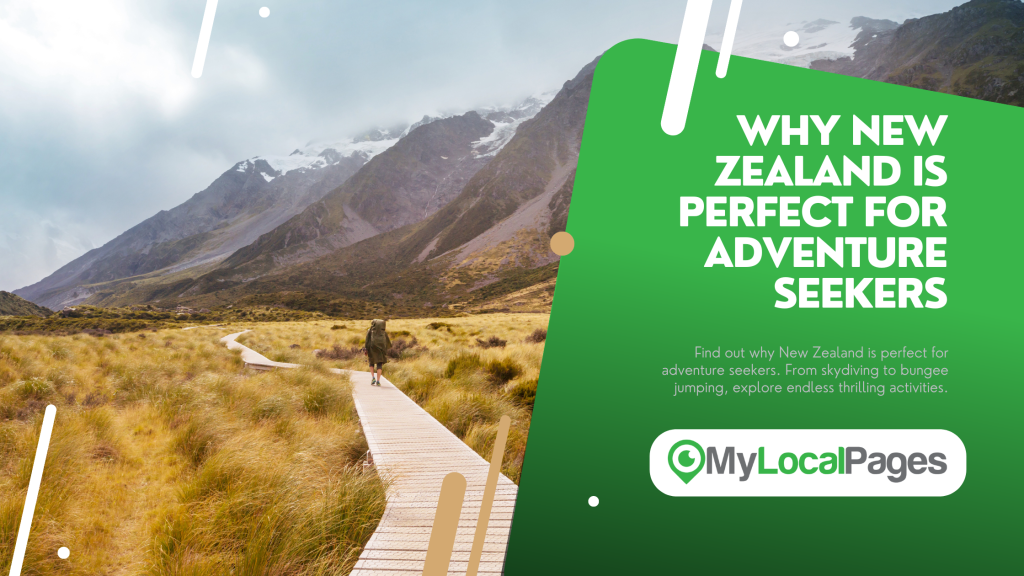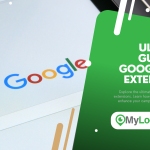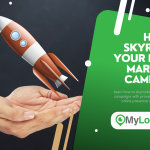Google Ads vs. Facebook Ads: Which is Better?
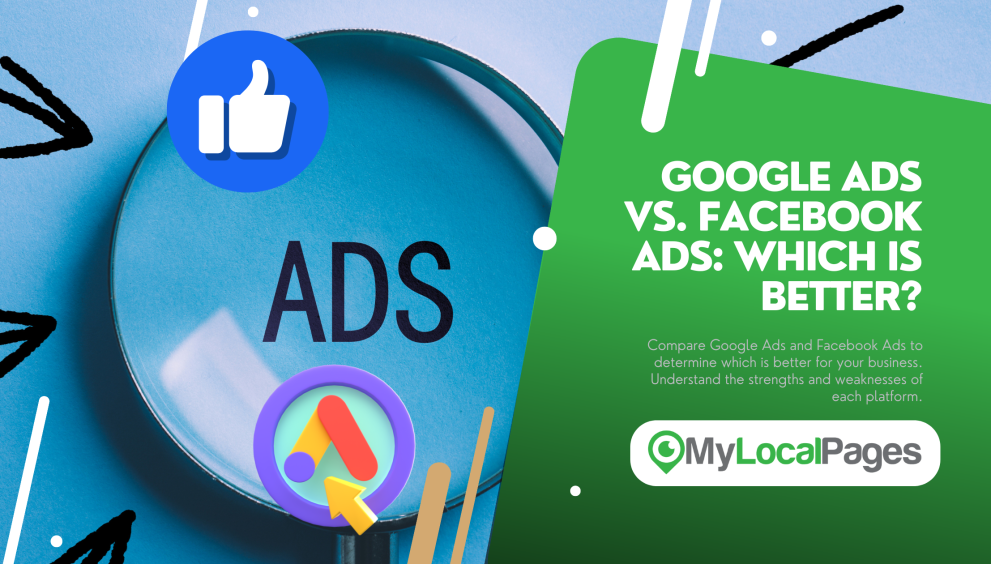
In the ever-evolving landscape of digital marketing, pay-per-click (PPC) advertising reigns supreme. Two titans dominate this space: Google Ads and Facebook Ads. Both offer robust features and impressive reach, but which one is the right fit for your business? This comprehensive guide will break down the strengths and weaknesses of each platform, empowering you to make an informed decision.
Understanding User Intent: Google Ads vs. Facebook Ads
The fundamental difference between Google Ads and Facebook Ads lies in user intent. Google Ads caters to users actively searching for information or products. They’ve already identified a need and are using search terms to find solutions. This makes Google Ads ideal for driving targeted traffic and conversions.
On the other hand, Facebook Ads targets users based on demographics, interests, and behaviors. Users are scrolling through their feeds, not necessarily searching for something specific. Facebook Ads excel at brand awareness, engagement, and capturing interest at the top of the marketing funnel.
Actionable Tip: Consider your campaign goals. Do you want to generate immediate sales or build brand recognition? Aligning your goals with user intent is crucial for success.
Targeting Capabilities: Laser Focus vs. Broad Reach
Google Ads: Utilizes keyword targeting, allowing you to pinpoint users searching for specific terms related to your product or service. You can further refine your audience with demographic targeting and location settings.
Strengths: Highly targeted campaigns reaching users with high purchase intent.
Weaknesses: Keyword research can be time-consuming, and competition for popular keywords can drive up costs.
Facebook Ads: Leverages a treasure trove of user data, enabling hyper-targeted campaigns based on demographics, interests, behaviors, and even life events. You can create “lookalike audiences” to target users similar to your existing customers.
Strengths: Unparalleled targeting capabilities to reach a vast and relevant audience.
Weaknesses: Reaching users with high purchase intent might be less effective compared to Google Ads.
Actionable Tip: Experiment with different targeting options on both platforms to find the sweet spot that optimizes your return on ad spend (ROAS).
Creative Formats: Standing Out from the Crowd
Google Ads: Primarily text-based ads with headlines, descriptions, and extensions. While image extensions can be added, the visual focus is less prominent compared to Facebook Ads.
Strengths: Cost-effective and clear communication of value proposition.
Weaknesses: Limited creative freedom to capture user attention.
Facebook Ads: Offers a diverse range of formats, including images, videos, carousels, and collections, allowing for rich and engaging storytelling.
Strengths: Highly captivating creatives that can grab user attention and evoke emotions.
Weaknesses: Developing high-quality visuals can be resource-intensive.
Actionable Tip: A/B test different ad formats to see what resonates best with your target audience. Consider using My Local Pages’ design services to create compelling ad creatives.
Cost Considerations: Balancing Budget and ROI
Google Ads: The cost per click (CPC) can vary significantly depending on the chosen keywords and competition. Generally, Google Ads can be more expensive, especially for highly competitive keywords.
Facebook Ads: CPCs tend to be lower compared to Google Ads, making it an attractive option for businesses with tighter budgets. However, reaching users with high purchase intent might require larger budgets.
Actionable Tip: Set clear campaign budgets and closely monitor your ROAS. Utilize conversion tracking tools offered by both platforms to measure the effectiveness of your campaigns.
Measuring Success: Tracking What Matters
Both Platforms: Provide comprehensive analytics dashboards that track key metrics like impressions, clicks, conversions, and ROAS. Utilize these insights to optimize your campaigns for maximum impact.
Actionable Tip: Don’t just focus on clicks. Define clear conversion goals (e.g., purchases, sign-ups) and track them religiously. Utilize UTM parameters to understand which platform drives the most valuable conversions.
Conclusion: The Power of PPC Synergy
The truth is, there’s no single “better” platform. Both Google Ads and Facebook Ads offer unique strengths that can be leveraged to achieve your marketing objectives. The key lies in understanding your target audience, campaign goals, and budget constraints.
Here’s a winning strategy:
- Utilize Google Ads to target users with high purchase intent and capture them at the decision-making stage.
- Leverage Facebook Ads for brand awareness, building interest, and retargeting website visitors who haven’t converted yet.
By employing both platforms strategically, you can create a robust PPC campaign that drives sales, fosters brand loyalty, and propels your business forward.

